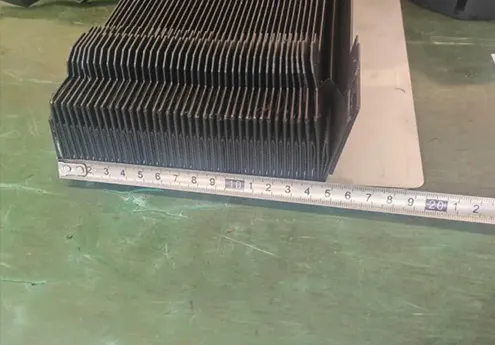Energy Chain Cable Solutions for Efficient Power Transmission and Management
Understanding Energy Chain Cables The Essential Lifeline of Automated Systems
In the ever-evolving landscape of modern technology, the need for efficient and reliable energy transfer solutions is paramount. Among these solutions, energy chain cables stand out as a vital component in a wide array of automated systems, particularly in industrial applications. This article delves into the significance, functionality, and advantages of energy chain cables, highlighting their role in enhancing operational efficiency.
What are Energy Chain Cables?
Energy chain cables, also known as drag chain cables, are specially designed conduits used to manage and protect electrical cables and hoses in environments where movement is prevalent. They are typically utilized in conjunction with energy chains, which are flexible tracking mechanisms that guide these cables while allowing them to move smoothly and without tangling. This combination facilitates consistent and efficient energy transfer between fixed and moving parts of machinery, cranes, and other equipment.
Functional Benefits
One of the primary advantages of energy chain cables is their ability to accommodate the dynamic movements of machinery. Unlike conventional cables that can become tangled or damaged during operation, energy chain cables are constructed to endure constant flexing and bending. This resilience is crucial in applications where equipment is subject to repetitive motion, such as robotic arms and conveyor systems.
Moreover, energy chain cables come with a variety of protective coverings that shield them from external factors such as dust, chemicals, and UV radiation. This added layer of protection enhances their durability and extends the lifespan of the cables, reducing maintenance costs and minimizing downtime due to repairs.
Integration with Automation
energy chain cable

As industries place greater emphasis on automation and efficiency, energy chain cables have become indispensable. In automated environments, such as assembly lines or CNC machining, energy chain cables facilitate the smooth and unhindered flow of power and data. They enable real-time communication between control systems and machinery, enhancing operational synchrony.
The integration of energy chain cables enhances the overall performance and reliability of automated systems. By reducing cable wear and tear, these cables lower the likelihood of failures that could lead to production halts. As a result, businesses can achieve higher productivity levels and ensure the continuity of their operations.
Customization and Versatility
Another notable aspect of energy chain cables is their customization capabilities. Manufacturers provide a diverse range of cable types, materials, and sizes, allowing businesses to select the most suitable options for their specific applications. Whether it’s high-flex cables for robotics or robust cables for heavy machinery, energy chain cables can be tailored to meet the unique demands of varied environments.
Additionally, energy chain cables are versatile and can be used across numerous industries, including manufacturing, automotive, aerospace, textiles, and more. Their adaptability makes them a preferred choice for engineers and designers aiming to create efficient systems that can withstand the rigors of constant movement.
Conclusion
In conclusion, energy chain cables are a fundamental facet of modern automated systems, providing efficient energy transfer while protecting electrical components from wear and damage. Their ability to withstand dynamic movements, combined with their protective attributes and customization options, make them indispensable in today’s industrial landscape. As businesses continue to invest in automation and seek to enhance operational efficiency, understanding and implementing energy chain cables will undoubtedly play a crucial role in achieving these objectives. By leveraging these innovative solutions, industries can ensure seamless operations and a robust foundation for the future of technology.








